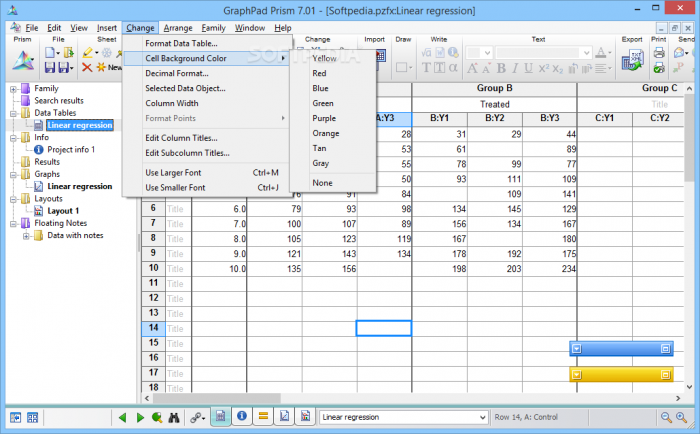

To counter these issues, we developed a non-invasive mouse running device aimed to reduce handler-induced stress, provide time- and distance-based stopping conditions, and enable investigators with limited resources to easily produce and use the device. Forced exercise, while controllable, puts animals in stressful environments in which they are confined and often shocked for “encouragement.” Additionally, both methods require expensive equipment and software, which limit these experiments to well-funded laboratories.

While mice will instinctively run on a wheel, the distance and time spent running can vary widely. Although commonly used, each have several drawbacks which cause hesitancy to adopt these methods.

Current methods of small animal exercise involve either voluntary (wheel running) or forced (treadmill running) protocols.


 0 kommentar(er)
0 kommentar(er)
